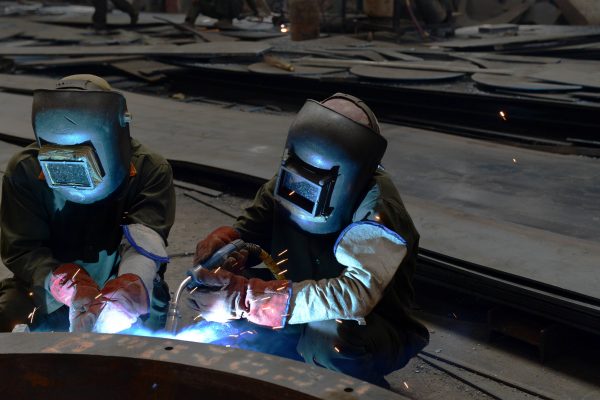To make progress on manufacturing, India must seize the opportunity provided by international production sharing networks, which have propelled other emerging economies of Asia forward. Today, the share of manufacturing in the GDPs of China, Thailand and Malaysia is in the range of 25–35 per cent, while in India it is 15 per cent. One advantage of the production network strategy is that it can deliver growth in manufacturing relatively speedily.
One of the main reasons for India being an outlier in the development of international production networks is the low stock of foreign direct investment (FDI) in India’s manufacturing sector. After economic reforms India has shed its past ambivalent attitude towards FDI, but shortcomings in the investment environment still deter foreign investors. It is imperative that these are addressed.
International production sharing involves large volumes of exports and imports in parts and components and, in some cases, these traverse borders several times. The logistics cost thus becomes the most important element of a country’s investment environment for manufacturing through international production sharing. And, here, India has been found lacking. It needs to improve its gateway infrastructure by substantially scaling up the capacity of its ports, deepening drafts in harbours and channels, and improving the rail and road connectivity of ports. Equally important, it must improve customs procedures and follow international best practices with respect to the electronic data interchange, risk management system and accredited clients program.
Internal transport infrastructure also needs attention. Traffic congestion in saturated corridors slows freight movement by the railways and affects its reliability. Dedicated freight corridors are being constructed in two major segments, but more needs to be done to improve the situation countrywide. The road network is not world class, and access-controlled expressways are virtually absent.
Another major infrastructure deficiency is the lack of assurance regarding uninterrupted supply of high quality power. Governance is an important issue here, and power theft is sometimes disguised as transmission and distribution losses. The inadequacy of fuel availability for generation has emerged as a critical factor affecting power supply in the country.
The lack of affordable land is another impediment. The recently enacted legislation on acquisition and rehabilitation has compounded the problem by raising the price of land steeply and putting formidable procedural hurdles in the way of land acquisition for industrial purposes. Prior consent to land acquisition has to be obtained from 80 per cent of affected families (including agricultural labourers) and a social impact assessment has to be carried out. At a minimum, these hurdles need to be alleviated. The Government of India also needs to move quickly towards establishing national manufacturing zones, as announced in the national manufacturing policy, so that investors can get speedy access to developed land with the internal infrastructure already provided.
Labour laws, too, need a serious review. The laws that make downsizing difficult are not in tune with the globalised world of manufacturing. The emphasis of laws on contract labour should be on regulation rather than abolition: employment on fixed term contracts should be specifically allowed. Trade union legislation needs to be revamped in order to improve the process of collective bargaining and promote harmony in industrial relations.
To compete with East Asian countries for FDI inflows, corporate tax levels need to be lowered to 25 per cent. Even more important is the need to impart stability to the taxation regime, renounce retrospective changes, which have vitiated the taxation environment, and bring about greater transparency in implementation — particularly on transfer pricing.
Multiple taxes, including taxes on inter-state transactions, make India a fragmented market and impede the free flow of goods within the country. Lack of a simple tax structure with one or two uniform tax rates increases the cost of compliance by businesses and is a drag on efficiency. A goods and services tax, which is already in the pipeline, needs to be introduced as soon as possible.
Improvement in the investment environment will stimulate investment in manufacturing not only by multinational corporations but by domestic enterprises as well. International production networks will gain ground in India through off-shoring as well as outsourcing.
Revitalising the manufacturing sector will be critical for the Indian government in ensuring GDP growth and a better future for the nation.
Anwarul Hoda and Durgesh Kumar Rai are staff members of the Indian Council for Research on International Economic Relations (ICRIER) in New Delhi. The views expressed here are not necessarily those of ICRIER.

